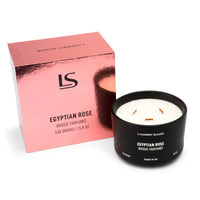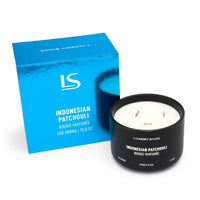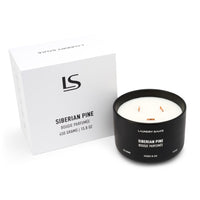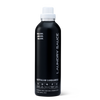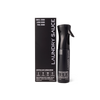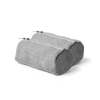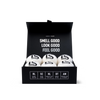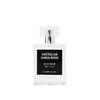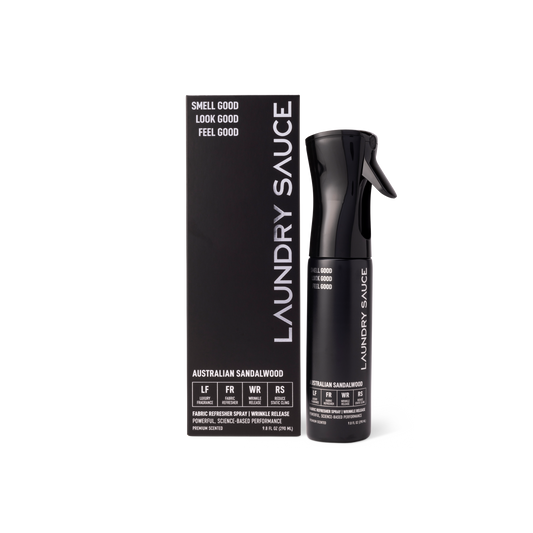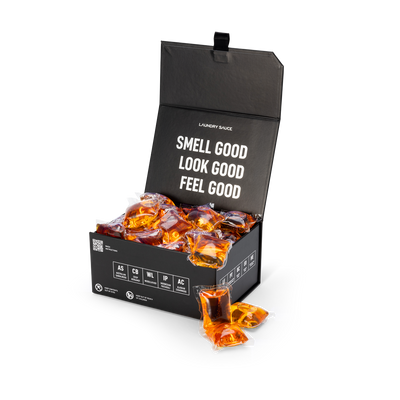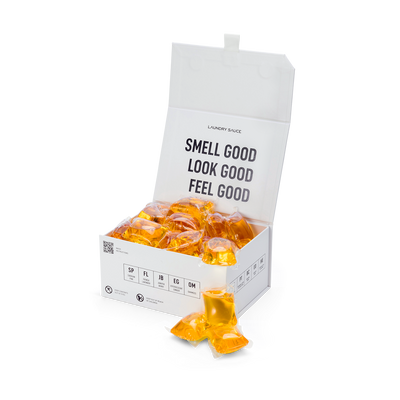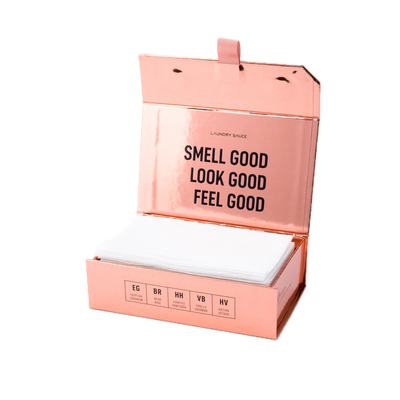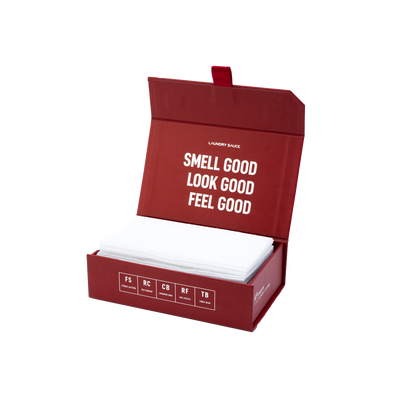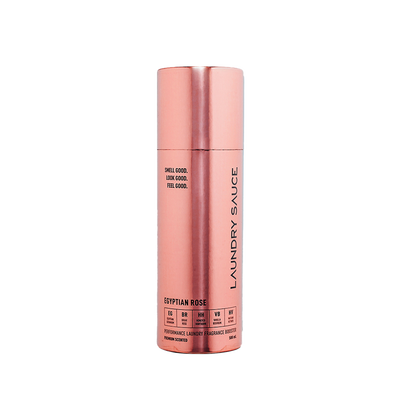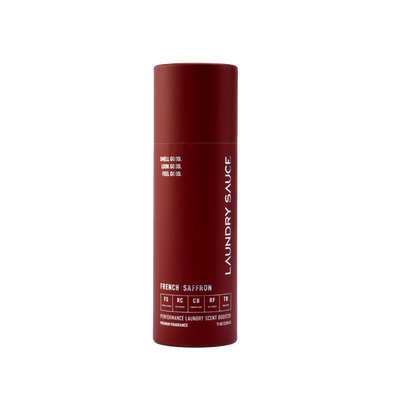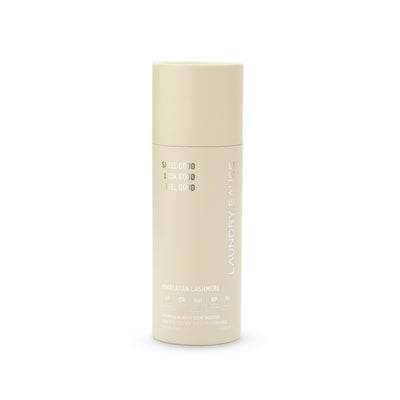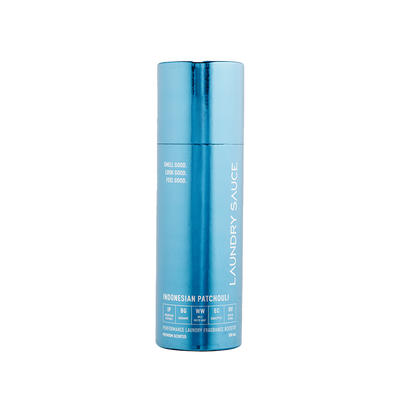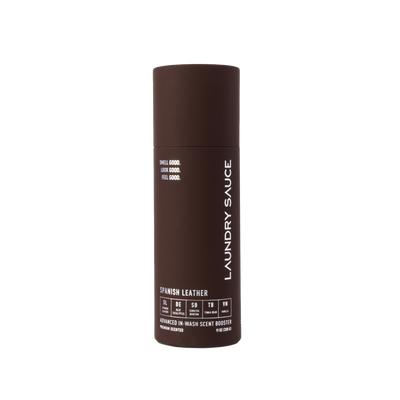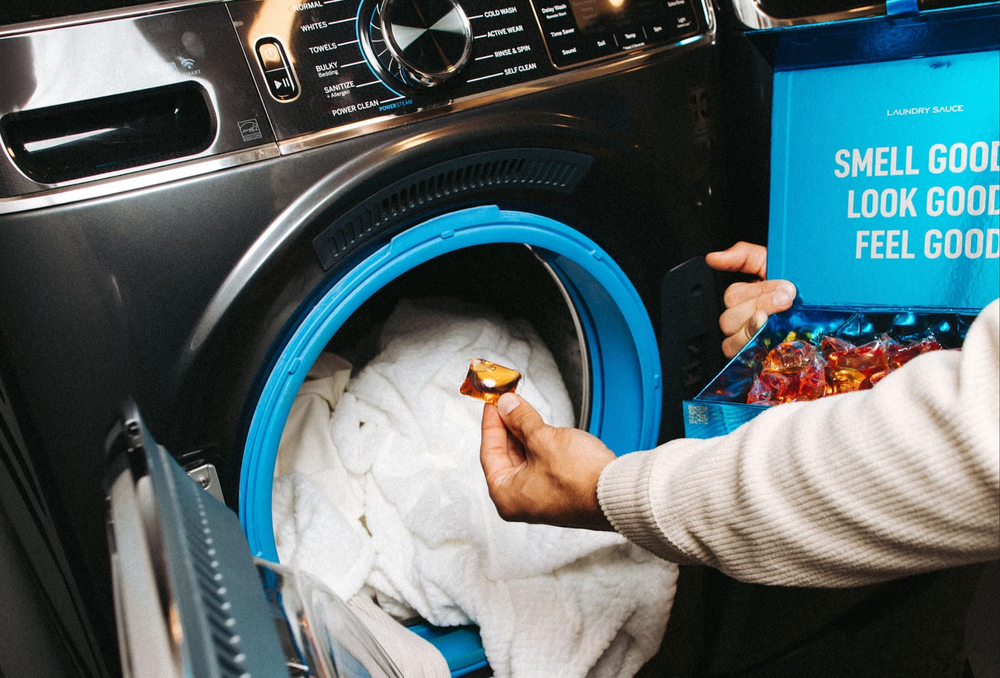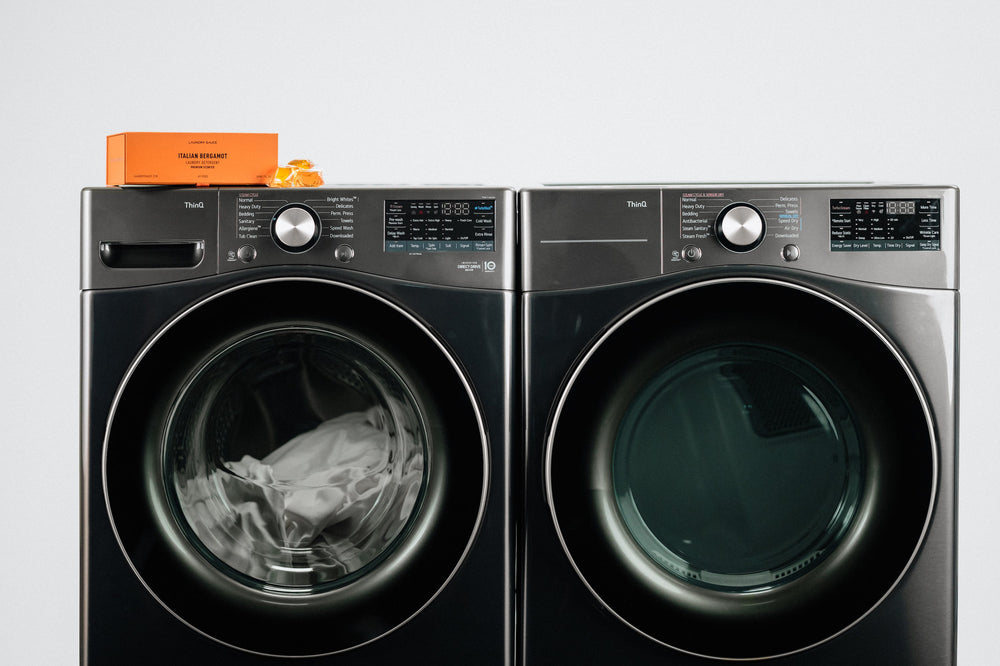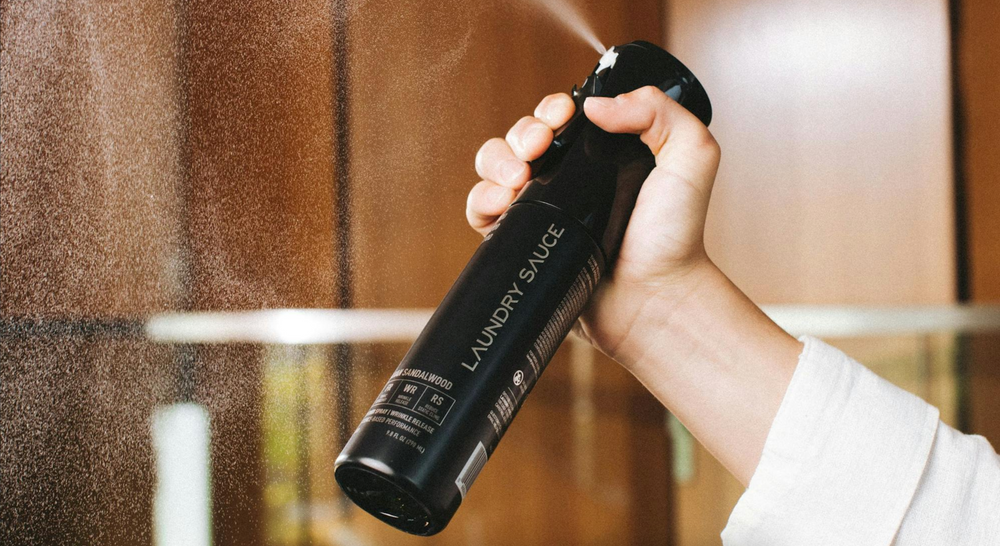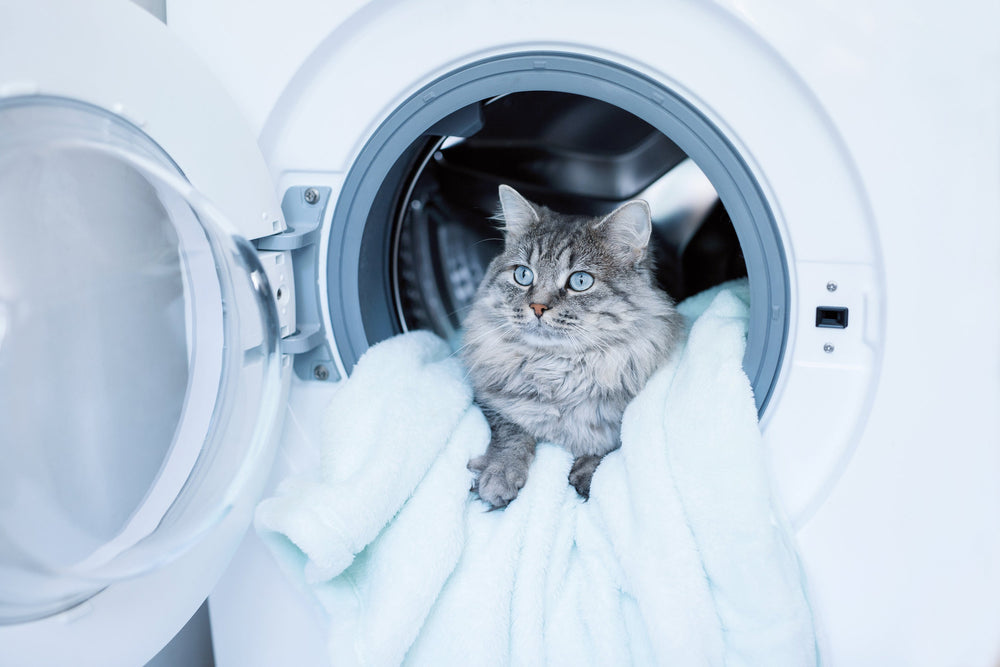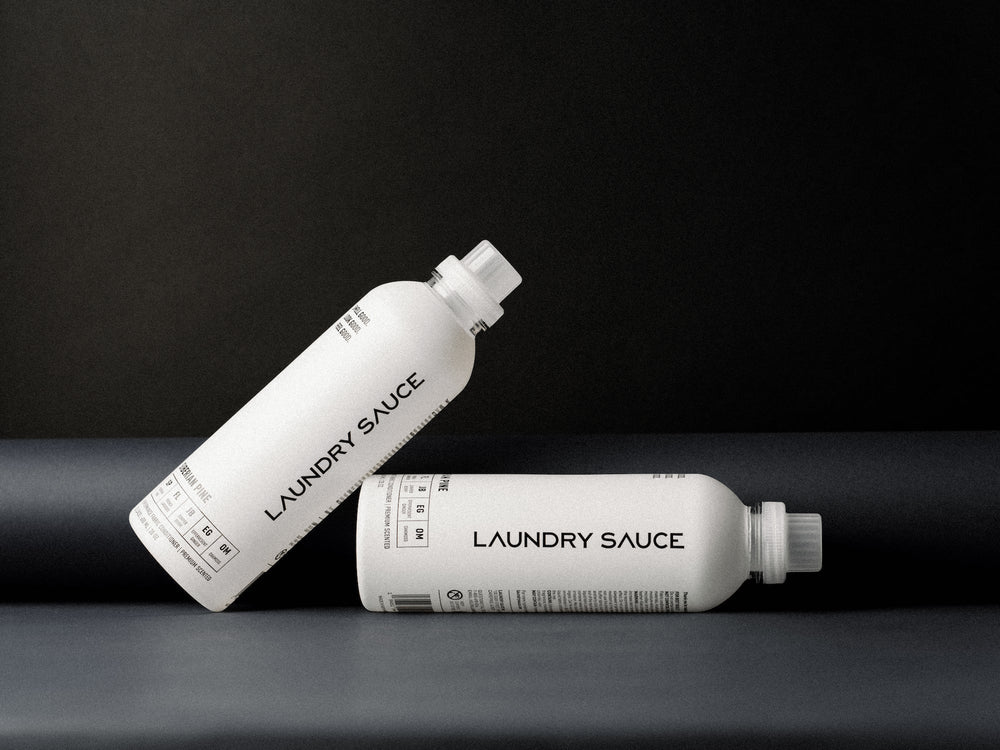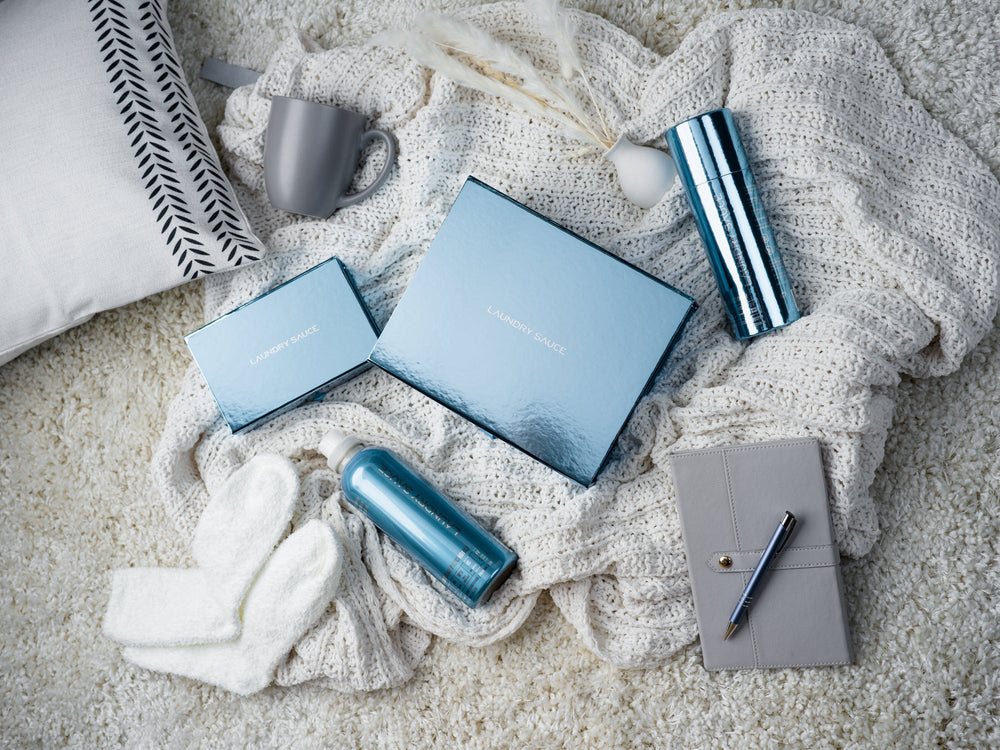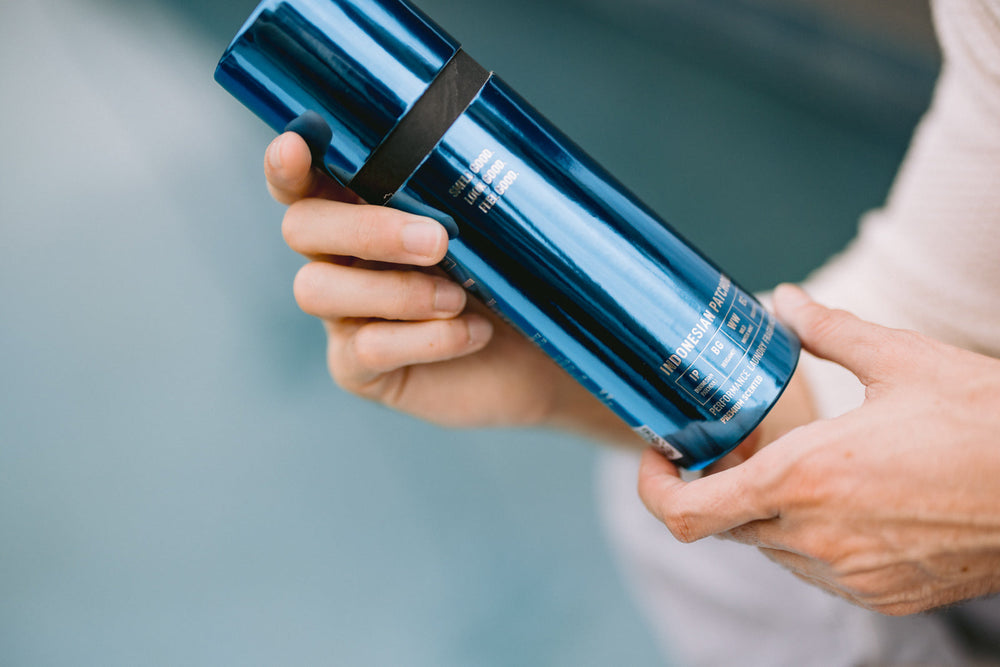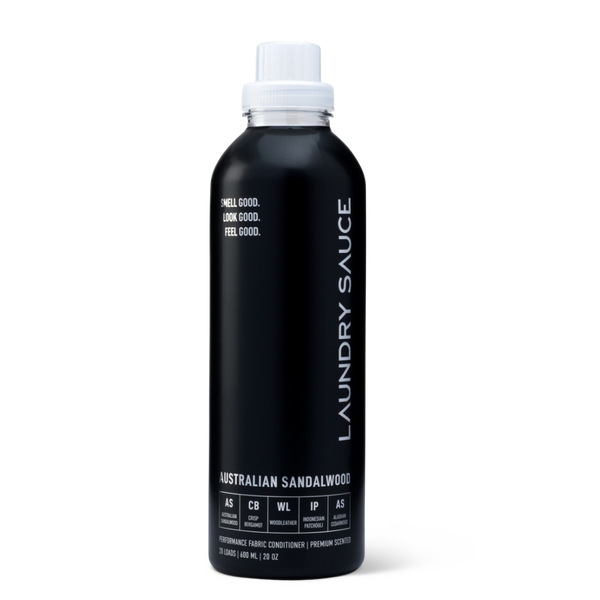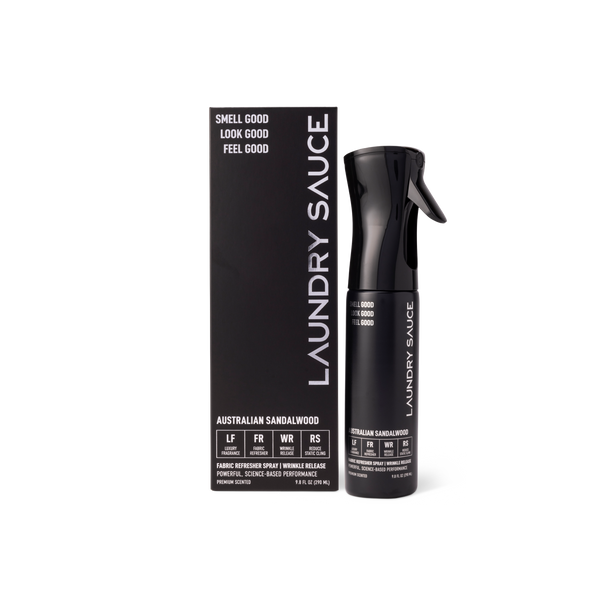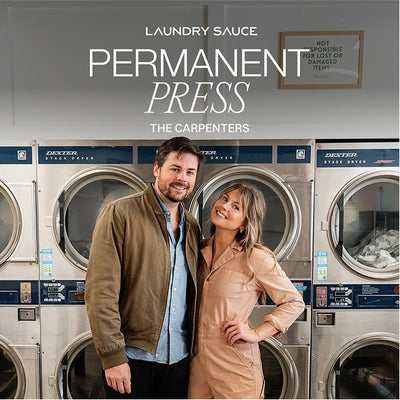Wash your comforter with cool water and one laundry detergent pod, using the gentle or delicate cycle. Tumble dry your comforter on a low heat setting, ideally with a few wool dryer balls. Alternatively, you can air-dry your comforter.
Comforters keep you cozy during the winter months, but there’s nothing cozy about sleeping under a layer of dead skin, dirt, and dust mites. Even if you have a duvet cover, germs and grime can still sneak through onto the fibers of your comforter. Not to mention comforters can get lumpy or deflated after months of sleeping with it.
Unless you’re dealing with a spill or pet accident, comforters only need to be cleaned a few times a year, and you can wash them easily at home. In this guide, we’ll show you how to wash a comforter step-by-step to keep it clean and fluffy for months.
These instructions apply for down comforters (AKA duvet inserts) as well as down alternative comforters.
1. Check the Care Label On Your Comforter
Always read the care instructions on your comforter before throwing it in the washing machine. Depending on what material it’s made of, there might be special instructions for the water temperature or wash cycle to use.
In most cases, down-filled comforters and comforters filled with synthetic down alternatives can be washed and dried at home. However, some wool comforters aren’t compatible with washing machines and need to go to a dryer cleaner or be spot-cleaned only.
2. Pretreat Stains
Whether you have stains from spills, bodily fluids, or pet accidents, it’s important to pretreat them, otherwise they can get permanently “baked in.” Pretreating stains helps to break down and lift them from the fibers so that the wash water can fully remove them.
Most stains will respond to spot removers or a liquid dish soap. This usually involves spraying the stain and rubbing the fabric together. For tougher stains, you might need to soak the stained area with a bleach-based product.
3. Set the Water Temperature to Cool
Cool and cold water are gentler on the fabric of your comforter, which will help reduce wear and tear. Using cool water is also more energy-efficient than using hot or warm water, as heating water accounts for a significant portion of the energy used in laundry.
4. Add One Laundry Detergent Pod
You might be tempted to use a lot of laundry detergent since your comforter is big and bulky. But it’s best to use less detergent than you’d use for a standard load. Excess detergent residue can get trapped in the comforter’s filling, which can be difficult to remove.
Comforters are most compatible with high-efficiency, enzyme-based pods like Laundry Sauce. In addition to tackling tough stains, Laundry Sauce pods will infuse your comforter with luxurious fragrances like Australian Sandalwood, French Saffron, Indonesian Patchouli, or Siberian Pine.
Place your laundry pod in the washing machine before adding your comforter. This ensures the detergent has a chance to disperse evenly during the rinse cycle.
5. Load Your Comforter Into the Washer
After adding your laundry pod, load your comforter into the washing machine. Ideally, you should wash your comforter by itself to ensure a thorough cleaning and prevent wrinkling and lint buildup.
If you have a king-size comforter that doesn’t fit into your washing machine, you might need to go to your local laundromat with an extra high-capacity washer.
6. Select the Gentle Cycle
Wash your comforter using the gentle or delicate setting on your machine. Comforters often have delicate stitching, and the gentle cycle will prevent any damage or undue stress on the fabric and seams.
Once the wash cycle is complete, shake out your comforter to remove wrinkles and evenly disperse the filling.
7. Dry On Low Heat with Wool Dryer Balls
No matter what your care tag says, these must-haves keep your clothes looking and smelling their best—minus the guesswork.
The best way to dry a comforter is by using the bulky cycle setting with low heat, if possible.
The bulky setting gives the comforter more time in the dryer to get fully dry and fluffy. Meanwhile, drying on low heat will help preserve your comforter’s fibers. High heat can be a bit too intense and cause the filling to clump or the fabric to wear out faster.
Pro tip: Toss in a few wool dryer balls before starting your dry cycle. The dryer balls will reduce static cling, fluff your comforter, and create space between the layers, allowing air to circulate more easily during the drying process.

Common Questions About Washing Comforters?
Now that you know the basics of cleaning your comforter, let’s dive into some common questions.
How Often Should You Wash a Comforter?
If your comforter has a protective duvet cover, you only need to wash it 2-3 times per year (assuming there are no spills, pet accidents, etc.)
If your comforter does not have a duvet cover, try to wash it once a month. Since the fabric is coming into direct contact with your skin every night, it needs to be cleaned more frequently.
How to Make Your Comforter Smell Better
Washing a comforter with baking soda or vinegar can be effective in removing bad odors. But if you want your comforter to smell luxurious, you need Laundry Sauce: the world’s best-smelling laundry detergent.
Unlike standard detergents that smell like “spring breeze” or “fresh linen,” ours was designed in collaboration with professional scent artists to infuse your clothes and bedding with elevated fragrances that last for weeks after washing.
Looking for an even bolder fragrance? Add a capful of in-wash scent booster to your machine. These tiny beads will leave a luxurious, long-lasting fragrance. Laundry Sauce Advanced In-Wash Scent Booster is safe for all colors, fabrics, washing machines—and it dissolves in all water temperatures.
Can You Use Fabric Softener on a Comforter?
Avoid using fabric softener on a comforter, especially if it’s down-filled. The lubricants can damage the feathers and leave a buildup of residue on the filling.
Can You Wash a White Down Comforter with Bleach?
No, you should not use chlorine bleach on a down comforter, as it can damage the fibers and deflate the loft. However, if your comforter is made of down alternative synthetic fibers, you can use bleach.
How to Keep a Comforter Clean Longer
Here are a few tips to keep your comforter as clean as it is cozy:
- Protect your comforter with a removable duvet cover and wash it weekly
- Use a top sheet to create a barrier between you and your comforter
- Between washings, hang your comforter outside on a clothesline. Direct sunlight is a natural disinfectant.
- Avoid eating or drinking in bed (we know it’s tempting)
- Try to keep pets off the bed
Make Your Comforter Luxurious with Laundry Sauce
Sure, you want a cozy, clean comforter—but you also deserve a comforter that smells like pure luxury. That’s where Laundry Sauce comes in.
Whether you want to make a bold impression on date night or just want to doze off to the smell of French Saffron or Sandalwood, these pods do the trick. Say goodbye to boring, synthetic scents and hello to the best-smelling bedding of your life.


